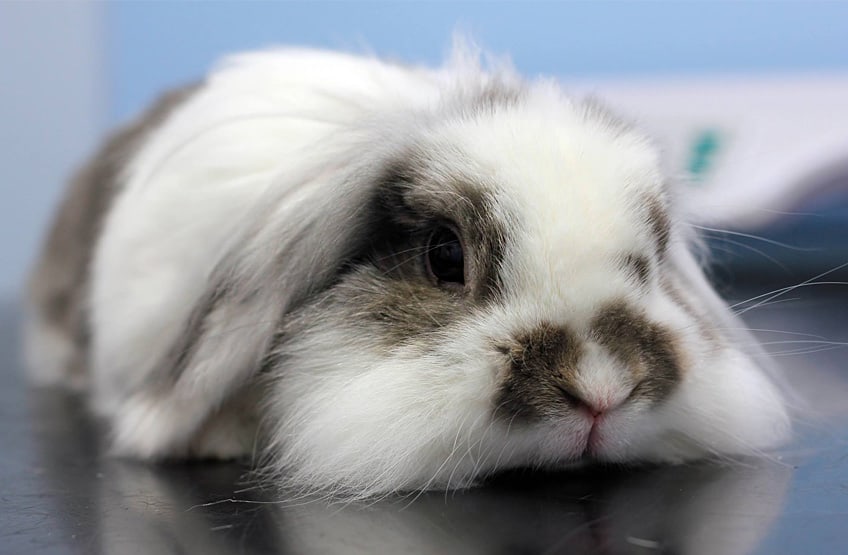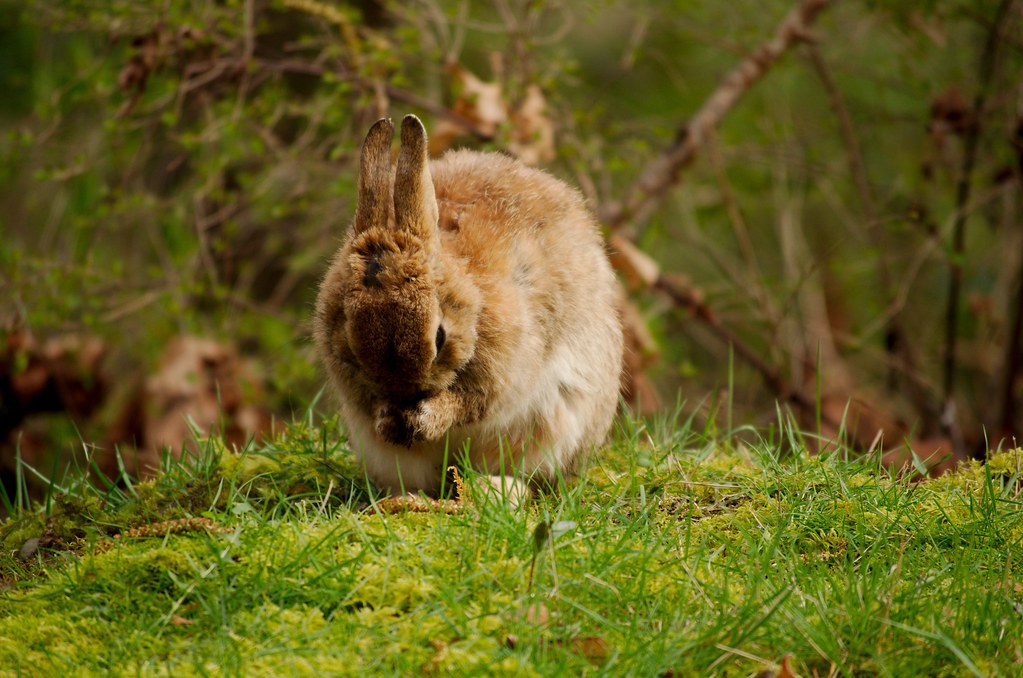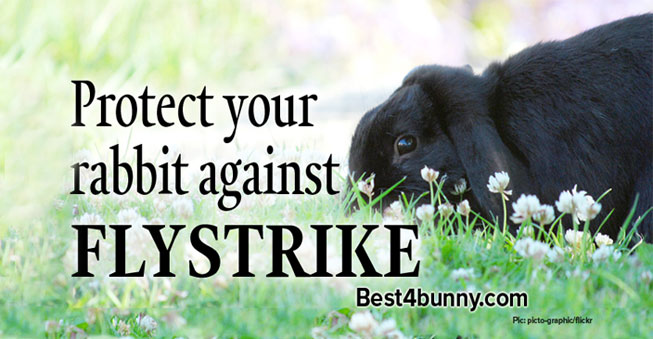

Fly guard effectively protects your pet for three months after application and is suitable for rabbits and guinea pigs over 10 weeks old. Beaphar fly guard is a easy-to-use spray veterinary strength medicine containing ivermectin designed to prevent flystrike in rabbits and guinea pigs. Use a spray containing ivermectin designed to protect against Flystrike. Seek help from a pet groomer if you aren’t confident about doing this yourself. Long-haired pets may need to have hair clipped away from their bottom and genital area. Choose a suitable brush for rabbits and guinea pigs such as the Pet + Me Brush Groom your pet regularly if they are unable to groom themselves.
#Bunny fly strike skin
Seek veterinary advice if you see caecotrophs, evidence of diarrhoea, urine scalding, or skin infections. Use pet safe cleaning products such as Beaphar Deep Clean DisinfectantĬheck your pet’s bottom at least once a day. Litter trays or toilet areas should be cleaned daily. Your pet’s home should be cleaned thoroughly at least once a week.
#Bunny fly strike free
If your pet lives outdoors it may be possible to reduce the access of insects using netting or chemical free traps.

Choose absorbent bedding such as Back-2-Nature Your pet should have ample room to move around with separate areas for sleeping, eating, and toileting. Thankfully, most cases of flystrike can be prevented by following simple precautions:Ĭhoose suitable accommodation for your pet. Up to 50% of affected rabbits die or are euthanased. Injury, arthritis, or age-related conditions that reduce mobility and groomingĭental problems, which hamper grooming and reduce caecotroph ingestionįlystrike requires intensive veterinary treatment to counter pain, shock, and infection, and to treat wounds. Obesity (because it increases skin folds and prevents normal grooming)ĭirty fur, especially in longhaired rabbits and guinea pigs Immobility, due to pain, illness, or an unsuitable hutchĪny condition which stops a rabbit eating their caecotroph (including dental disease, mobility problems, and other illnesses) Warm weather, especially damp warm weather

What puts your pet at higher risk of flystrike?Įven the best cared for pets are at risk of flystrike, but the following list contains some of the conditions which may put your pet at higher risk:ĭiarrhoea (caused by illness, diet, or parasites) Book any companion animals in too, even if they seem unaffected. If you see eggs or maggots do not attempt removal yourself but contact your vet for an emergency appointment. Many of these symptoms are not exclusive to flystrike, but all indicate illness that requires urgent veterinary attention. Your pet appears tired or unwilling to move aboutĮggs or maggots visible in the hutch or on your pet If eggs or maggots are seen on a pet, veterinary attention should be sought immediately for the best chance of successful treatment. Under optimal conditions eggs can hatch in as little as 18 hours! The maggots can cause extensive damage to weakened tissues in just one day. Pupa: The pupae have hard, brown shells and are about 10mm long.Īdult: After another 10 days, the flies emerge from the pupae and can breed and lay eggs in around one week. The larvae eat dead animal tissue and grow rapidly, going through three developmental stages. Larva: The eggs hatch into larvae, commonly called maggots. Individually they are hard to see but en masse they look like a clump of sawdust. There are four stages to the life cycle of Green BottlesĮgg: Fly eggs are very small, just over 1mm long and less than 0.5mm wide. Although treatment is possible, up to 50% of rabbits diagnosed with flystrike die or are euthanased. Rabbits are the pet most commonly affected by flystrike, but guinea pigs are often victims too. Flystrike causes rapidly growing, painful wounds and can cause septicaemia (infection in the bloodstream) and toxaemia (toxins in the blood) from the dying tissues. If the wound is contaminated by urine and faeces, more tissue dies and is eaten by the maggots.

Maggots won’t eat healthy tissue but will find any skin that is damaged by prolonged contact with urine or faeces. The most common fly causing flystrike in the UK is the Green Bottle (Lucilia sericata). They lay their eggs on the animal’s fur and maggots can hatch out in as little as a day. Flies are attracted to animal housing, especially if this has been allowed to become dirty. Flystrike, also known as myiasis or being ‘fly-blown’, is a painful and often fatal condition where maggots eat away at an animal’s flesh.


 0 kommentar(er)
0 kommentar(er)
